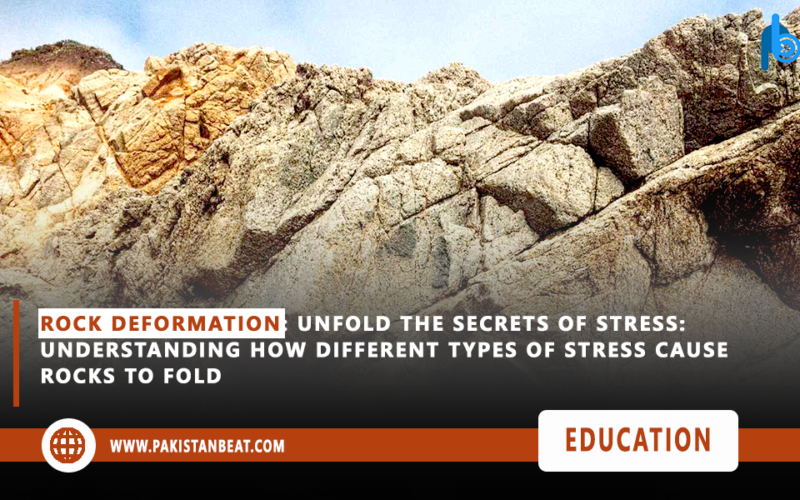When we think about the ground below our feet, it frequently seems sturdy and unchanging. However, the reality is pretty much the opportunity. The Earth’s crust is in a steady state of flux, fashioned via effective forces that we cannot see but can revel in the effects of. These forces, referred to as pressure, cause the rocks to bend, twist, and fold in fascinating techniques. In this newsletter, we will discover which types of stress causing rock folding, focusing on compression, shearing, and strike-slip tension and folding. We’ll furthermore delve into the wider concept of stress in geology, making all of it relatable and easy to understand.
What is Geological Stress?
Imagine the Earth’s crust as a large jigsaw puzzle manufactured from large portions referred to as tectonic plates. These plates are continuously shifting, albeit very slowly. The movement creates pressure at the rims of those plates, just like the pressure you revel in even when trying to shape a bit into the incorrect spot in a jigsaw puzzle. When stress is applied to rocks over time, it causes them to deform. This deformation can be brittle (breaking) or ductile (bending). The focus right here is on the latter—especially how rocks fold.
Types of Stress Causing Rock Folding:
1. Compressional Stress

Compressional strain happens at the same time as rocks are driven together. Imagine squeezing a marshmallow between your arms. The facets bulge out because marshmallow compresses. Similarly, while tectonic plates push in opposition to each other, the rocks among them buckle and fold.
How Compressional Stress Causes Folding
Anticlines and synclines: These are the most common sorts of folds because of compressional pressure. Anticlines appear like arching crests at the same time as synclines resemble troughs. Picture a sequence of waves frozen in stone. These structures frequently form in sedimentary rock layers.
Overturned Folds: Sometimes, the stress is so severe that the folds get pushed over to at least one issue, developing overturned folds. Imagine pushing one facet of a stack of papers so difficult that the complete stack points over but stays intact.
Thrust Faults and Nappes: In excessive times, rocks smash and slide over every special, growing thrust fault. When this occurs on a massive scale, paperwork nappes—large slabs of rock that have been transported over extended distances. These structures are common in mountainous areas long-established via plate collisions.
2. Shearing stress
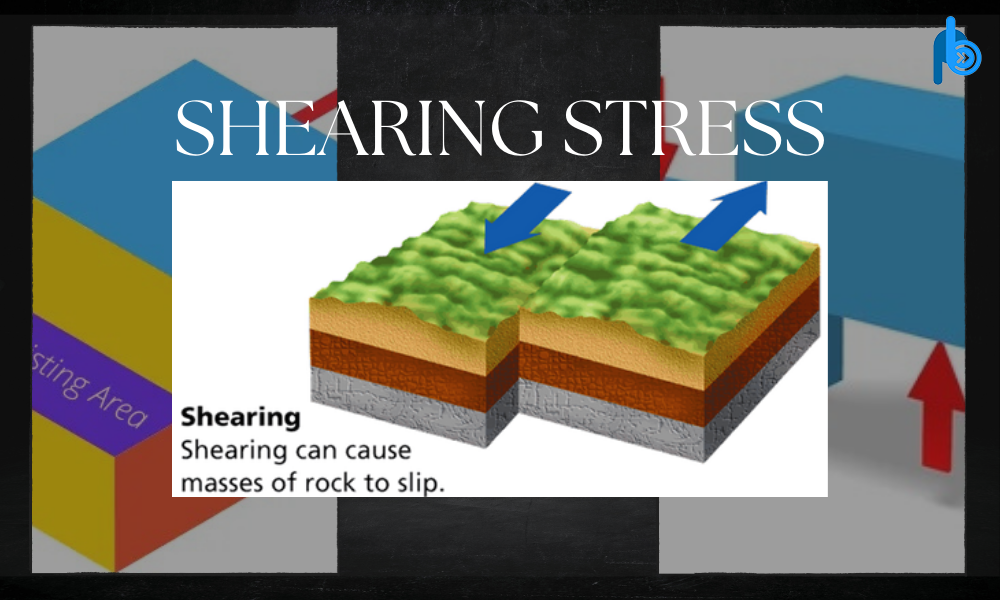
Shearing strain takes place even as forces act parallel to every specific but opposite pointer, like scissors lowering paper. This pressure is most generally seen at rework plate limitations, in which tectonic plates slide past each other.
How Shearing Stress Causes Folding
Drag Folds: These small, asymmetrical folds stand adjacent to fault strains in which rocks are sheared and bent. Imagine protecting a deck of playing cards and pushing the top playing cards in one manner and the bottom gambling playing cards in the other manner. The deck bends in the middle, developing a drag fold.
Shear Zones: In big shear zones, rocks can go through huge deformation, leading to the formation of fantastic folds. These zones are characterized by excessive stress prices and can produce complicated, deformed rock structures.
3. Strike-Slip Tension
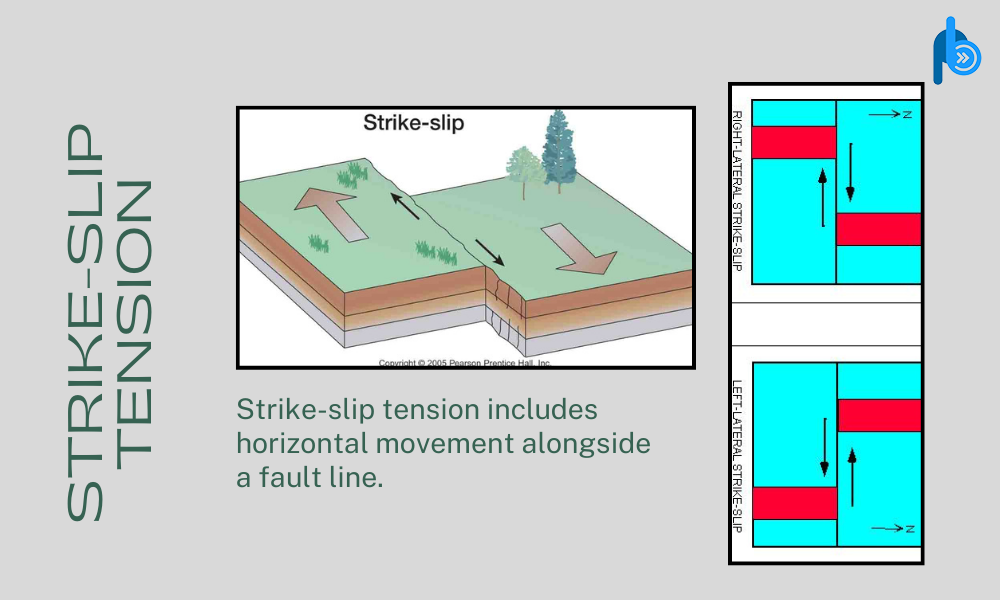
Strike-slip tension includes horizontal movement alongside a fault line. Although tons are much less normally associated with folding than compressional or shearing strain, they nonetheless result in the bending and warping of rocks.
How Strike-Slip Tension and Folding Occurs
Echelons Folds: These are small, parallel folds that form in a staggered, step-like pattern alongside the fault. They imply lateral displacement and anxiety along the faulty aircraft.
Bending and Warping: Sometimes, strike-slip tension motives broader bending and warping of rock layers, leading to gentle, wave-like folds. These are frequently seen in regions with splendid horizontal movement.
How Rocks Respond to Stress
Rocks respond to pressure in amazing ways, counting on elements like their kind, temperature, strain, and the period of the strain. They can deform in a brittle manner (breaking) or a ductile manner (bending).
Brittle Deformation
Think of brittle deformation like snapping a dry twig—it breaks in place of bends. This type of deformation is common in the Earth’s crust, where temperatures and pressures are particularly low. It results in faults and fractures, creating sharp, angular disruptions.
Ductile Deformation
Ductile deformation is more like bending a bit of mild plastic—it bends or flows without breaking. This occurs in deeper, warmer additives of the Earth’s crust and mantle, wherein rocks are more pliable. Ductile deformation results in the fashionable folds and twists we see in loads of rock formations.
Factors Influencing Rock Deformation
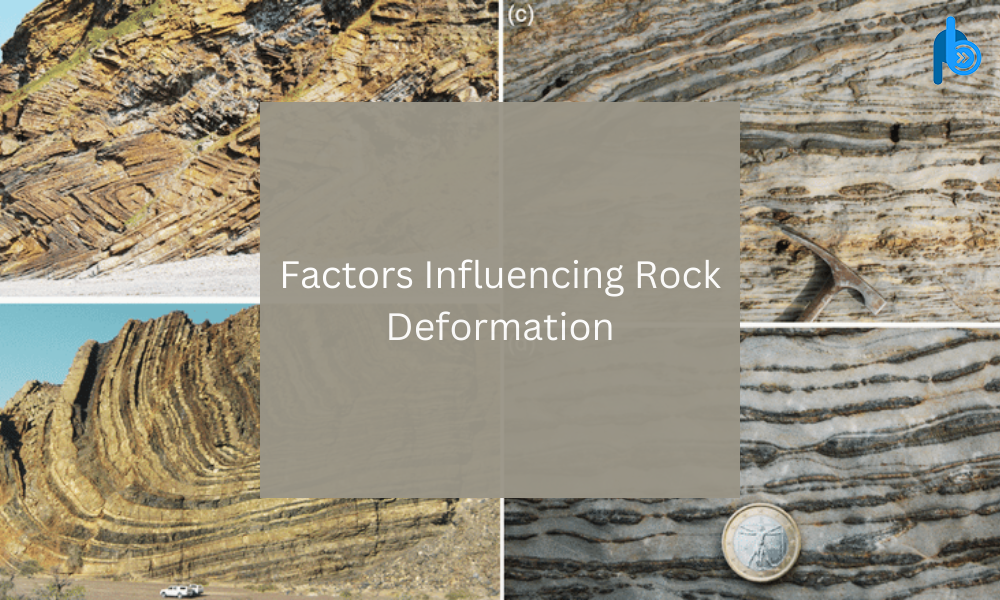
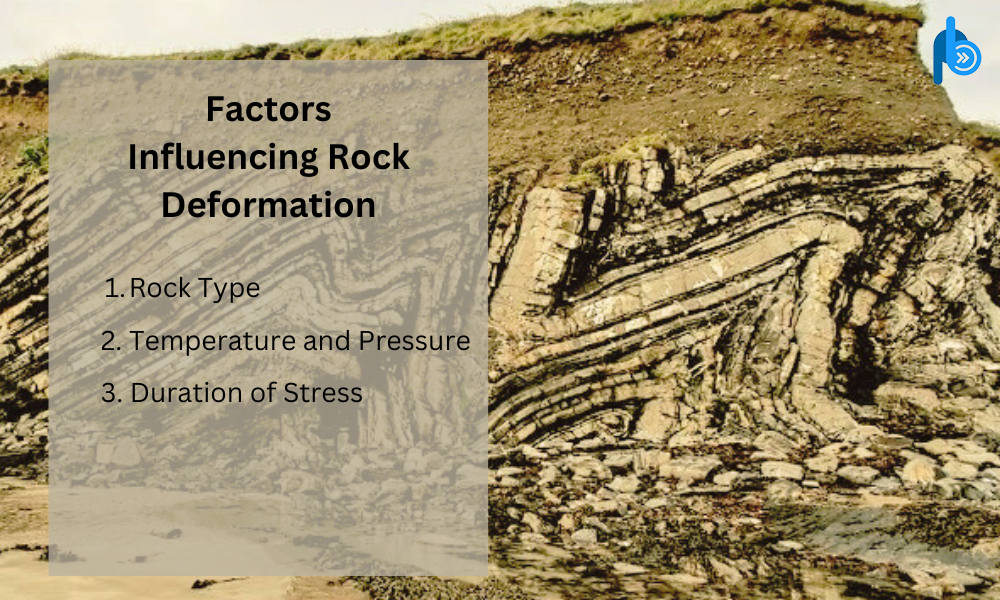
Rock Type: Different rocks react in a completely unique way to strain. Sedimentary rocks, with their layered shape, are more prone to folding. Igneous and metamorphic rocks could probably damage or form faults more effectively.
Temperature and Pressure: Higher temperatures and pressures make rocks much more likely to deform ductile, which is fundamental to folds. Lower temperatures and pressures pick out brittle deformation, resulting in fractures and faults.
Duration of Stress: The period until pressure is finished also affects deformation. Long-term strain can result in massive, complicated deformations, while short-term pressure may also cause minor adjustments.
The Geological Significance of Folding
Folding isn’t handiest a captivating geological way; it additionally tells us masses approximately the Earth’s history and the forces at play beneath our feet.
Mountain Building
Many of the world’s mountain ranges, much like the Himalayas, the Alps, and the Appalachian Mountains, are fashioned with the resource of the folding of rock layers because of compressional strain. These majestic landscapes are a testimony to the large forces that have created our planet over tens of tens of millions of years.
Natural Resources
Folded rock layers are critical to the formation of herbal aid deposits. Anticlines and synclines can create traps for oil and herbal gasoline, making them high dreams for exploration and extraction. Understanding the folding patterns permits geologists to locate the precious resources.
Seismic Activity
Regions with huge folding and faulting are frequently at risk of earthquakes. By reading the folds and the stresses that cause them, scientists can better recognize seismic interest and artwork in the path of predicting and mitigating the influences of earthquakes.
Bringing It All Together: Real-Life Examples
Let’s test some real-existence examples that exhibit how the types of stress causing rock folding and form the arena spherical us.
The Himalayas
The Himalayas are a pinnacle instance of mountain building through compressional strain. This large mountain range, home to the superb peaks on Earth, was modified and fashioned by means of the collision of the Indian and Eurasian tectonic plates. The big compressional pressure from this collision caused the rocks to fold and upward push, developing the awe-inspiring Himalayas.
The San Andreas Fault
The San Andreas Fault in California is a conventional instance of shearing pressure. This redecorates fault marks the boundary of some of the Pacific and North American plates, wherein they slide past every one of a kind. The shearing pressure along this fault creates several smaller drag folds and fractures, illustrating the energy of lateral forces at work.
The Appalachian Mountains: The Appalachian Mountains, stretching along the Japanese American border, had been formed through a combination of compressional and strike-slip tension and folding. These historical mountains have been original overloads of tens of tens of millions of years, showcasing complicated statistics of folding, faulting, and uplift.
The Human Connection
Understanding geological stress types and rock folding isn’t genuinely an educational workout—it has real-global implications that affect our everyday lives.
Earthquake Preparedness
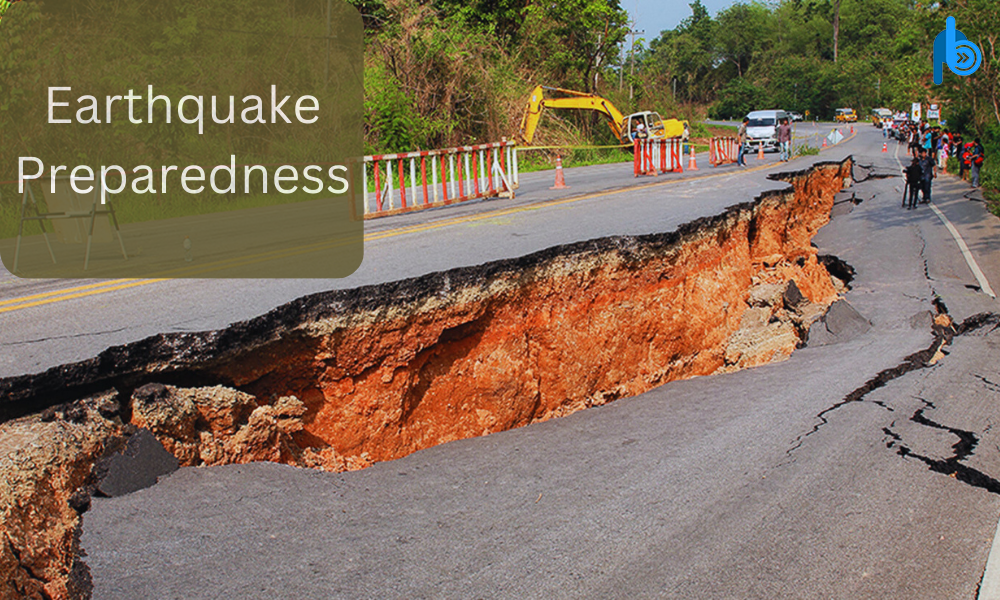
Regions with large folding and faulting are often more susceptible to earthquakes. By reading the geological skills, scientists can better expect where earthquakes may additionally rise and how strong they might be. This statistic is essential for constructing more secure systems and developing effective emergency response plans.
Natural Resource Exploration
Folded rock layers often trap precious assets like oil and herbal gas. Geologists use their knowledge of strain and folding to discover those assets, which may be vital for our electricity goals. This exploration now not only fuels our economies but also shapes power coverage and global family individuals.
Environmental Conservation
Knowing how strain and folding shape the panorama helps in environmental conservation efforts. For instance, understanding the geological records of a place can inform options about land use, water control, and conservation of natural habitats.
Conclusion:
The folding of rocks is a fascinating process driven with the aid of several varieties of pressure: compressional, shearing, strike-slip tension and folding. Each form of pressure molds the Earth’s crust in particular ways, developing the various and tricky landscapes we see nowadays. Whether it’s the towering peaks of mountain degrees, the capacity of oil reserves hidden in folded rocks, or the seismic hobby that shakes our world, having a look at pressure and rock deformation is top to unlocking the secrets, techniques, and strategies of our dynamic planet. Understanding the techniques now not only satisfies our hobby but also equips us with the facts to better navigate and guard the Earth we call home. In essence, the next time you understand a majestic mountain variety or experience the rumble of an earthquake, do not forget the big forces at work below the floor. These forces, invisible but especially powerful, are continuously reshaping our world, one-fold at a time.
More Relatable Blogs from this Author:
